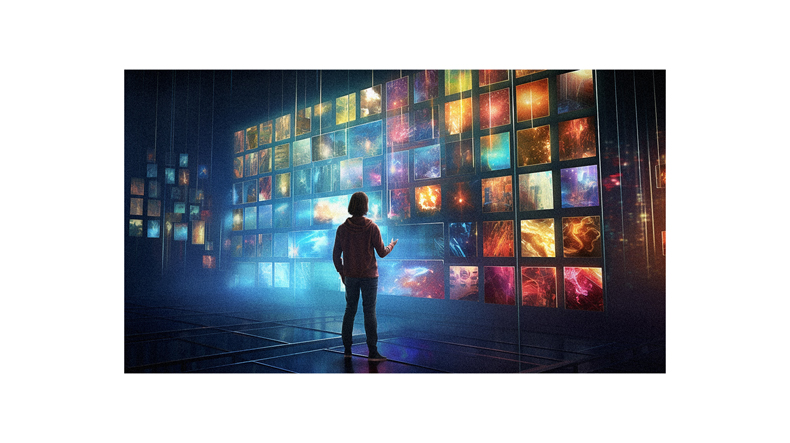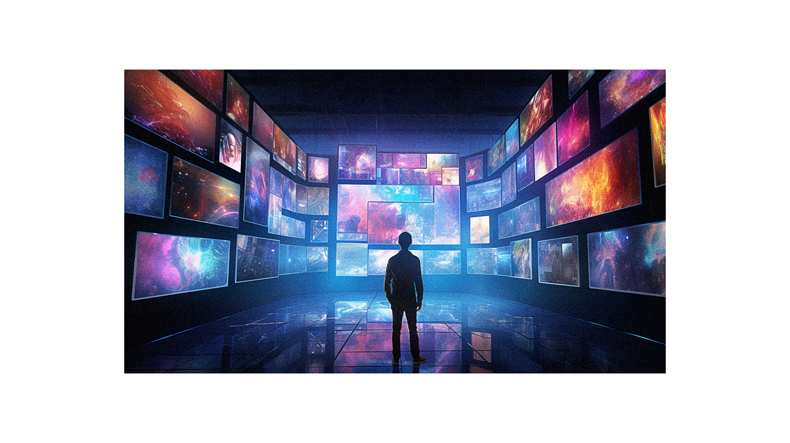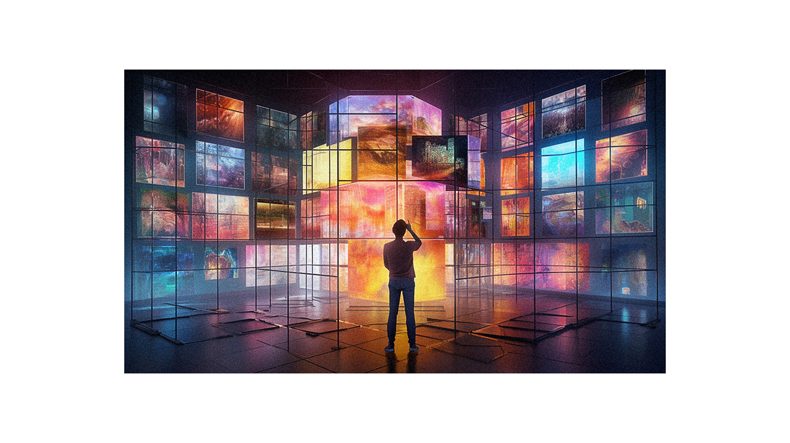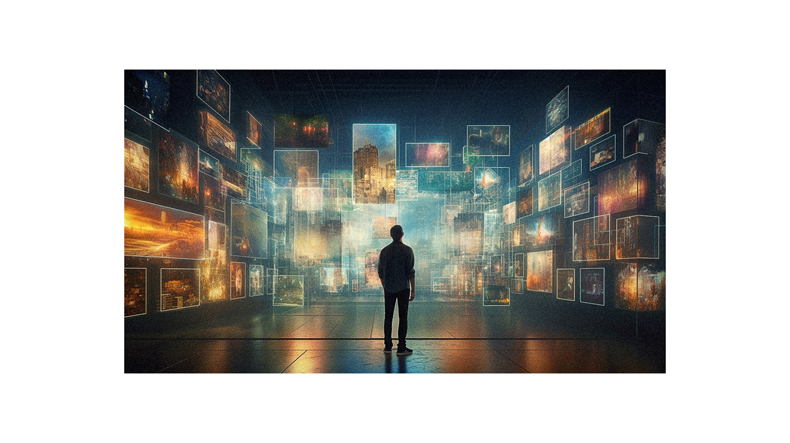Did you know that 70% of digital art risks becoming obsolete in just 20 years?
You’re about to dive into digital art preservation, uncovering the unique challenges it faces. You’ll explore strategies from documentation to emulation, grappling with capturing artists’ intent and understanding the urgent need for a formal notation system.
You’re joining a crucial conversation on the future of digital art’s place in our cultural legacy. Let’s get started.
The Ephemeral Nature of Digital Art and the Need for Preservation
You’re faced with the unique challenge of preserving digital art, considering its temporary nature and the risk of technological obsolescence. This form of artistic expression is fleeting, often created using technologies that may become outdated or unviewable. Can you imagine if film canisters or video formats became obsolete? The artwork would be lost.
That’s why you’re not alone in this pursuit. Many institutions have developed preservation programs to combat the lack of standards in this field. The urgent need to document and preserve digital artworks is palpable. However, a more comprehensive approach to archiving this new media field is necessary.
Strategies for Preserving Digital Art

In safeguarding these modern masterpieces, you’ll encounter various strategies such as documentation, migration, emulation, and re-creation.
Documentation, the traditional method, involves recording the artwork’s unique properties and context. Art created using variable media poses a unique challenge since it’s more akin to performance and music than traditional art forms.
Migration is another method involving transferring digital information from one system to another.
Emulation mimics the original software or hardware on a different platform, allowing the artwork to run as it initially did.
Lastly, re-creation involves reproducing the artwork using current technology.
Each of these strategies has merits and limitations, so it’s crucial to choose wisely.
Challenges in Preserving Digital Art

Despite the strategies you’ve explored, you’ll soon discover that safeguarding tech-dependent creations brings about its own set of unique trials.
You’re not just preserving art but a complex system of hardware, software, and the artist’s original intent. The limited shelf-life of digital components can be a major obstacle. You might find crucial elements for displaying the work obsolete or unsupported.
But don’t be deterred. Seek out ways to circumvent future problems and define the essential characteristics of the artwork. Embrace the need for clear documentation and regular maintenance. Collaboration is key here; tap into the collective knowledge of the art community.
The Importance of Preserving Digital Art and the Need for Collaboration

Collaborating with fellow art enthusiasts becomes increasingly important when safeguarding our digital heritage, so don’t underestimate the power of collective wisdom. You can ensure our digital artworks don’t fade into obscurity. With digital art gaining recognition and cultural significance, your efforts can help shape preservation models for future generations.
It’s not just about preserving the art; it’s about preserving the artist’s intent, the context of the creation, and the viewer’s experience. You can assist in gathering information now to anticipate future needs, ensuring artists consider preservation choices from the beginning.
By promoting consistency and standardization in digital art preservation, you’re influencing a future where our digital heritage lives. Your contribution matters. Don’t let it slip away.
Introduction to Digital Art in Museums
Now, let’s delve into the world of Digital Art in Museums.
Imagine walking into a museum, expecting to see traditional paintings and sculptures. Instead, you’re greeted by a world of digital art featuring videos, multimedia installations, and even virtual reality experiences. These aren’t future scenarios; it’s the current reality.
Museums, including the Minneapolis Institute of Art, embrace digital technology with its vast 90,000+ object collection. This isn’t a recent trend. Museums like Tate, MoMA, and the Guggenheim have been collecting digital art for decades. Even smaller and more traditional museums are joining the trend.
However, this shift has challenges, particularly in preservation and stewardship. But with challenges come opportunities for growth and innovation.
Adoption of Digital Art in Museums
It’s fascinating to see how museums around the globe are adopting new forms of art. You might’ve noticed that more traditional spaces, like the Minneapolis Institute of Art, are now showcasing digital art alongside conventional pieces. This trend started in the mid-20th century when contemporary art museums like Tate, MoMA, and Guggenheim began collecting digital art.
Now, even smaller museums are catching up. But it’s not just about keeping up with trends. Incorporating digital art into collections poses unique challenges, especially regarding preservation and stewardship. Nevertheless, digital art is now a part of everyday life globally, and it’s thrilling to see it spread into museum collections, bringing art to the cutting edge of technology.
Relationship With Technology and Innovation Adoption
Now, let’s take a moment to consider your relationship with technology and innovation adoption.
You live in a rapidly evolving digital age where technology’s pace can sometimes feel overwhelming. Yet, it’s critical to understand where you stand on the Innovation Adoption Lifecycle.
Are you an Innovator, pushing boundaries with cutting-edge tech? Perhaps you’re an Early Adopter, quick to embrace new tools and mediums. Or maybe you’re in the Early Majority, cautiously adopting digital art once it’s proven worth.
Understanding your position helps you navigate the challenges posed by digital art preservation. Whether battling technological obsolescence or grappling with the subtleties of an artist’s original intent, knowing your role in this cycle can guide your approach to the preservation of digital art.
Follow us on Pinterest for more tips, tutorials, and artist reviews!





